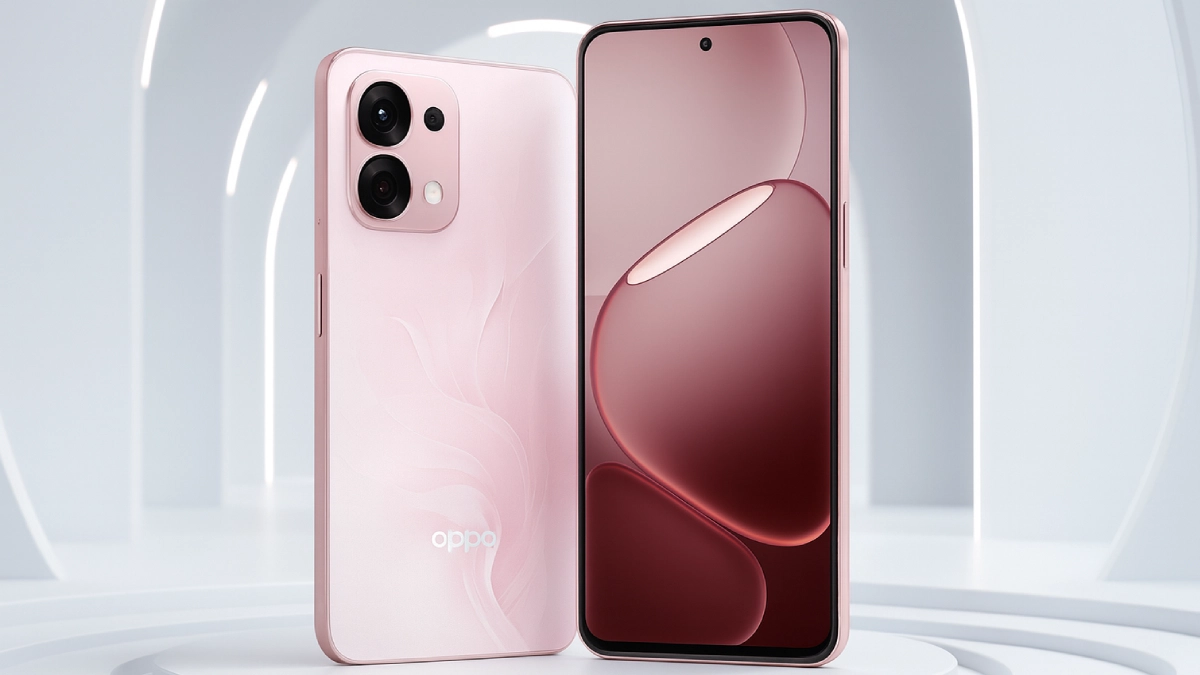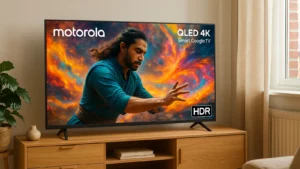The OPPO A6 Pro 5G is a mid-range device engineered around reliability: a very large battery, fast yet interoperable charging, durable sealing, and efficient silicon intentionally balanced to reduce daily friction. Instead of chasing camera gimmicks or brute-force performance peaks, it optimizes the subsystems that shape lived experience—uptime, ruggedness, smoothness, and compatibility. This article examines how those choices interact and why the whole system feels more than the sum of its parts.
Power system
Battery and charging dynamics
A 7000mAh battery paired with 80W wired charging resets expectations for a mid-range daily driver, enabling genuine multi-day endurance and short top-ups that change charging habits. With broad fast-charge compatibility beyond a single proprietary standard, it plays nicely with household chargers and shared spaces, cutting accessory clutter and anxiety.
Longevity implications
The net effect is fewer deep cycles per week and less dependency on overnight charging, which can translate into healthier battery behavior over time. Users can top up opportunistically rather than living on nightly 0–100% cycles.
Connectivity stack
Networks and payments
Support for robust 5G bands, Wi‑Fi 6, Bluetooth 5.4, NFC, and dual-SIM positions the phone for dense networks, travel, and tap-to-pay ecosystems. This ensures continuity across carriers, offices, campuses, and transit systems.
Utility features
OTG support and reverse wired power turn the oversized battery into a practical utility for earbuds and wearables on commutes or trips. The result is a communications hub that reduces adapter dependence and accessory anxiety.
Display pipeline
Smoothness and efficiency
A 6.57-inch 120Hz AMOLED at FHD+ targets a sweet spot: fluidity without punishing power draw, especially when paired with an efficient 4nm SoC. Adaptive behavior keeps the experience smooth during scrolling while conserving energy during static content.
Outdoor readability and protection
Peak brightness in the mid-flagship range improves outdoor readability for maps and messaging. Reinforced cover glass complements the durability ethos—protecting the most expensive and essential component over the product’s lifespan.
Durability envelope
Sealing and design choices
An IP68/IP69 posture on a sub-200g-class device suggests careful engineering of seals, gaskets, and acoustic membranes so immersion resistance coexists with good audio and reliable biometrics. This enables real-world resilience in rain, pools, kitchens, and job sites.
Thermal considerations
Ruggedization forces better thermal planning; sealed designs must still dissipate heat from sustained workloads and fast charging without throttling. The result is practical toughness without sacrificing day-to-day performance.
Camera choices
Main sensor philosophy
A pragmatic dual-camera setup led by a stabilized 50MP primary sensor prioritizes consistency and low-friction shooting in everyday light, instead of headline zoom tricks. The focus is on dependable capture over exotic optics.
Video and front camera
4K capture with gyro stabilization addresses social and documentation needs, from family video to field notes. A 16MP selfie camera favors reliable video calls and balanced processing rather than power-hungry portrait pipelines.
Silicon and thermals
Efficiency-first SoC
MediaTek’s Dimensity 7300 targets efficiency and steady-state performance, keeping the 120Hz display and 5G radios sustainable through long sessions. This reduces hot spots and performance dips in daily use.
Memory and storage behavior
Ample RAM and fast UFS storage reduce “mid-tier stutter,” especially when juggling camera processing, messaging, and media apps. The combination delivers consistency rather than short-lived performance spikes.
Standards and interoperability
Charging and ecosystem fit
Charging support that spans common fast-charge standards reduces lock-in and lets households standardize on fewer bricks and cables. The cumulative effect is lower total cost of ownership and fewer daily compromises.
Everyday compatibility
NFC, broad 5G band coverage, stereo audio, and under-display biometrics meet expectations set by higher tiers. This makes the device a cooperative citizen in mixed-brand homes, offices, and travel setups.
Market timing and positioning
Value framing
This device is framed as an endurance-first mid-range phone: long battery life, ruggedized build, and smooth display over camera spectacle. The emphasis is “flagship-adjacent” reliability brought into the mainstream.
Regional considerations
Expect regional rollouts and pricing to vary with local taxes and currency dynamics. If pricing aligns, it could normalize IP68/IP69 and 7000mAh batteries in segments that previously treated them as luxuries.
Who benefits most
- Commuters and field pros: Fewer charges, weather resilience, and reverse power for accessories.
- Content consumers: Smooth 120Hz AMOLED, stereo speakers, and cooler long sessions.
- Travelers and students: Dual-SIM, NFC payments, and accessory-friendly charging.
Sensible trade-offs
- Camera restraint keeps budget on battery, durability, and charging—the stuff that improves every hour of use.
- USB-C 2.0 limits wired speeds, but it’s a reasonable compromise at this tier.
- A lightweight chassis with rugged sealing prioritizes endurance over glam finishes.
The second-order effects
User behavior and the grid
When more mid-range phones adopt big, efficient batteries and interoperable charging, users top up opportunistically and skip nightly 0–100% cycles, subtly easing grid peaks.
Market pressure and sustainability
Interoperability nudges households toward fewer, better chargers, reducing e-waste and accessory sprawl. If this formula resonates, competitors will follow—raising the baseline for durability and uptime in the mid-range.
Last Updated on October 18, 2025 by Lucy




